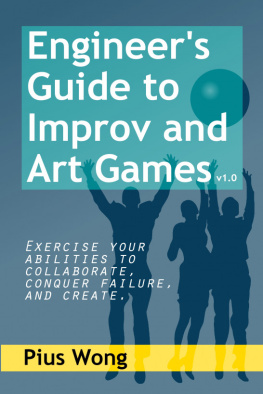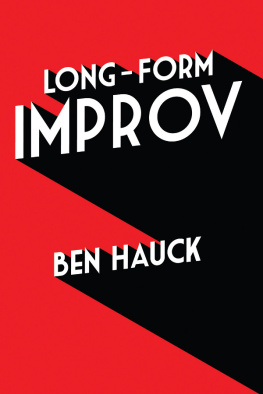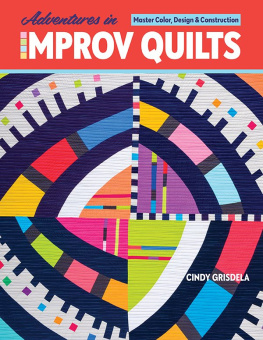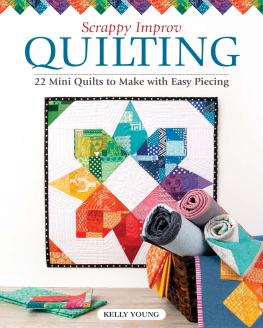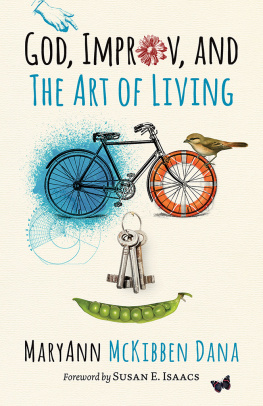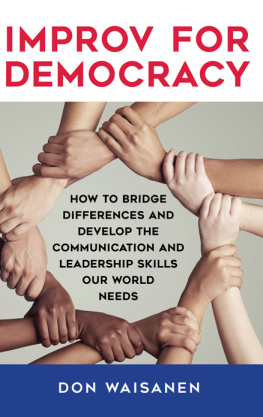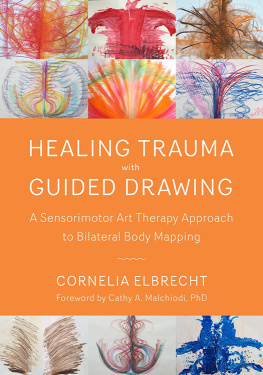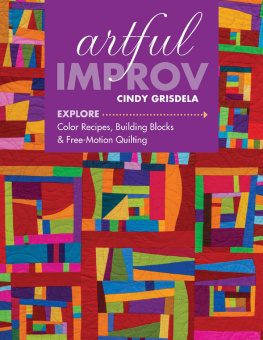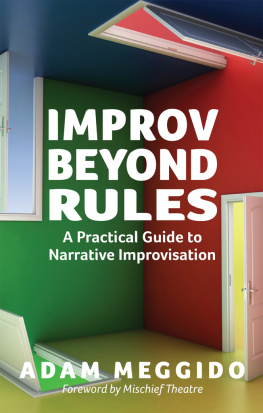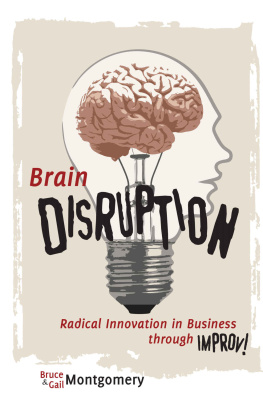Engineers Guide to Improv and Art Games
By Pius Wong
Copyright 2017 Pius Wong
Distributed by Smashwords
Version 1.0, updated February 2017
Pius Wong | pius@pioslabs.com
Pios Labs | www.pioslabs.com/

Smashwords Edition LicenseNotes
This ebook is licensed for your personalenjoyment only. This ebook may not be re-sold or given away toother people. If you would like to share this book with anotherperson, please purchase an additional copy for each recipient. Ifyoure reading this book and did not purchase it, or it was notpurchased for your use only, then please return to your favoriteebook retailer and purchase your own copy. Thank you for respectingthe hard work of this author.
Contents
Section 1:Introduction
Why Improv?
Improv opens minds, as art often does. In mycase, it stretched my thinking. It made me work through self-doubtand perceived failures; it helped me reflect on the value of teamsand trust; and most of all, it made so many pieces of my personaland professional life unequivocally more fun. Improvtheater and comedy is another example of wonderful play thatcatalyzes learning, and I invite you to play, too.
This guide details many games from the improvand art worlds that are specifically meant to open the minds ofdesigners, or anyone who creates products. This includes engineers,developers, artists, and entrepreneurs. In addition to being fun,these games are also exercises, in that practicing themcan improve your performance on other related tasks. Theyparticularly relate to many phases of the design process thatrequire more creativity, imagination, persistence, and humaninteraction.
If youre currently working in a professionthats heavy on design and problem-solving, then you may recognizefairly quickly how these exercises apply to your traditionalindustry practices. You may also pick up a few design practicesthat are new to you, and the improv exercises might help youperform them better. If youre a student inexperienced with design,rest assured that this guide is still meant for you. Ive tried todetail all the engineering techniques here just as much as I detailthe improv techniques, and so anyone who can read this guide canstill perform all the activities.
That said, many activities in this guide haveone big requirement. Nearly all the improv games orexercises here are meant to be played with other people. This mightmean in pairs or bigger groups. You have to try the improv andengineering techniques here with your friends, classmates, andcolleagues, or even your local improv theater. Youll gaindifferent insights when playing with various combinations of peopleand different group sizes.
Ive chosen to include the exercises here basedon my own experience as a professional engineer, engineeringeducator, software developer, and improv player, as well as basedon conversations Ive had with many other engineers who happen tobe in the improv world. Although Ive learned a lot about theconnections between these games and traditional design skills, Imsure there are more games, more skills, and more connections that Ihave not included here. I hope you discover new connections to yourown professional practice, because its sure been enjoyable for meto find the connections to mine.
How to Use This Guide
The next section, Section 2, lists and describesdifferent engineering themes, methods, and skills that areconnected to various improv and art exercises. The Quick Guide inSection 5 also summarizes the same information. If you want to usethis guide systematically to improve a specific engineering skill,first follow these general steps:
1. Find the engineering topic of interest, inSection 2 or Section 5. You can read the description ofthe engineering topic in Section 2 to learn or relearn itsrelevance to the design process. If the topic has a specificrecommended procedure, then a summary of how to perform it is alsogiven.
2. Find the list of improv/art exercisesassociated with that engineering topic. In Section 2, thisis at the end of each entry on an engineering topic. It is alsodenoted in the columns of the table in the Quick Guide of Section5.
3. Read about the associated improv/artexercises in Section 3. Section 3 lists various improv/artexercises in alphabetical order. Each entry in Section 3 detailshow to perform the exercise. Some questions are provided that aremeant to guide you in finding connections between the exercise andyour professional life. Finally each entry in Section 3 describesways in which the exercise can boost a particular kind ofengineering thinking.
Learning by reading is great, but practice isbetter. Go beyond theory by gathering up some teammates, figuringout which engineering topics and improv exercises youd like totackle, and engaging in some systematic play. In general youll getthe most out of these exercises if you follow these four basicsteps:
1. Practice the exercise(s) with ateam.
2. Reflect upon the experience.
3. Practice the associatedengineering skill(s).
4. Reflect upon your associatedengineering skills.
Repeat as needed. This approach is based on myexperiences becoming an improv performer and running similarworkshops with educators in science, technology, engineering, andmath. You dont have to follow it exactly, but it might make thelearning process more efficient.
Finally if youd like more guidance on any ofthese topics, there are numerous resources. See Section 4 forrecommendations for further reading and learning regardingengineering and improv topics. You can also find more informationabout Pios Labs, my consultancy in engineering and education, fromwhich this project grew.
Section 2: EngineeringSkills to Boost with Improv
The engineering themes, methods, and skillslisted in this section have many connections to improv and art. Foreach engineering topic below, you can find a summary of how ithelps the design process, as well as a list of improv and artexercises that can boost your understanding of that topic. Theengineering methods and skills are categorized broadly into thefollowing themes:
Teamwork and Collaboration
Creativity and Ideation
Risk, Failure, and Resilience
Empathy and Customer-Centric or User-CentricDesign
Design Representation
Each of these themes affects the success of thewhole design process. Specific skills within each theme might bemore relevant to specific stages of the design process or certainfields.
Then what do we mean when we talk about thedesign process? Not everyone describes this process inexactly the same terms, and whole books have been written on thesubject. However, for the purposes of this guide, lets borrow fromthe description at TeachEngineering.org ,a project run by several different educational institutions. Theyrepresent the design process as roughly these repeated stages,generally starting with identifying the need:
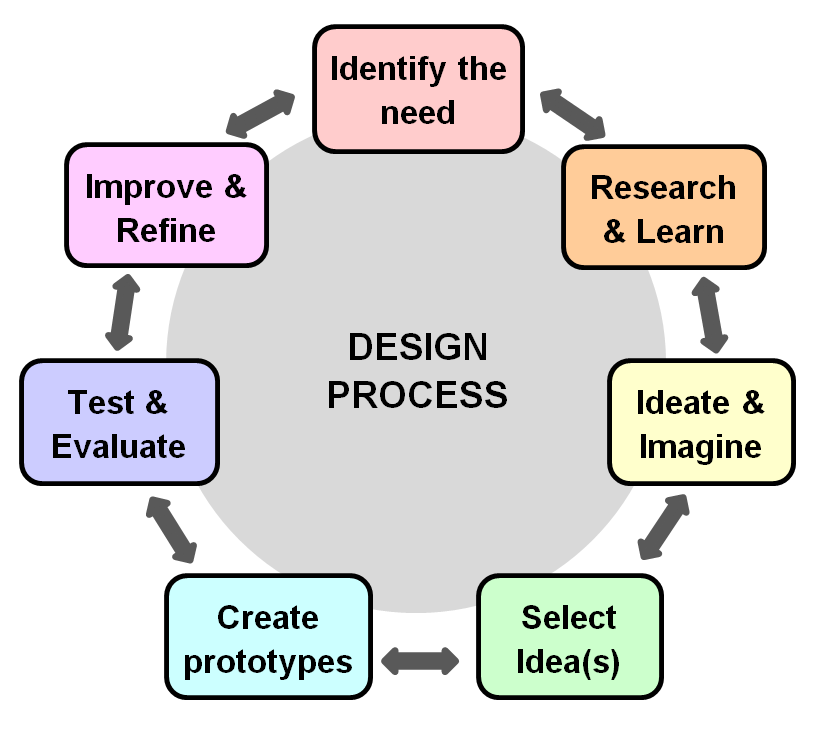
This guide assumes you have some knowledge ofthis process already. If you do, youll realize that thisrepresentation is very simple, but at least it gives common termsto use for the rest of this guide. For a deeper review of theengineering design process, and for information about how differentorganizations describe it, you can read some of the resourcesbelow. If youre more interested in jumping straight to the improvand art games, feel free to jump to my exercise recommendations inSection 3.

